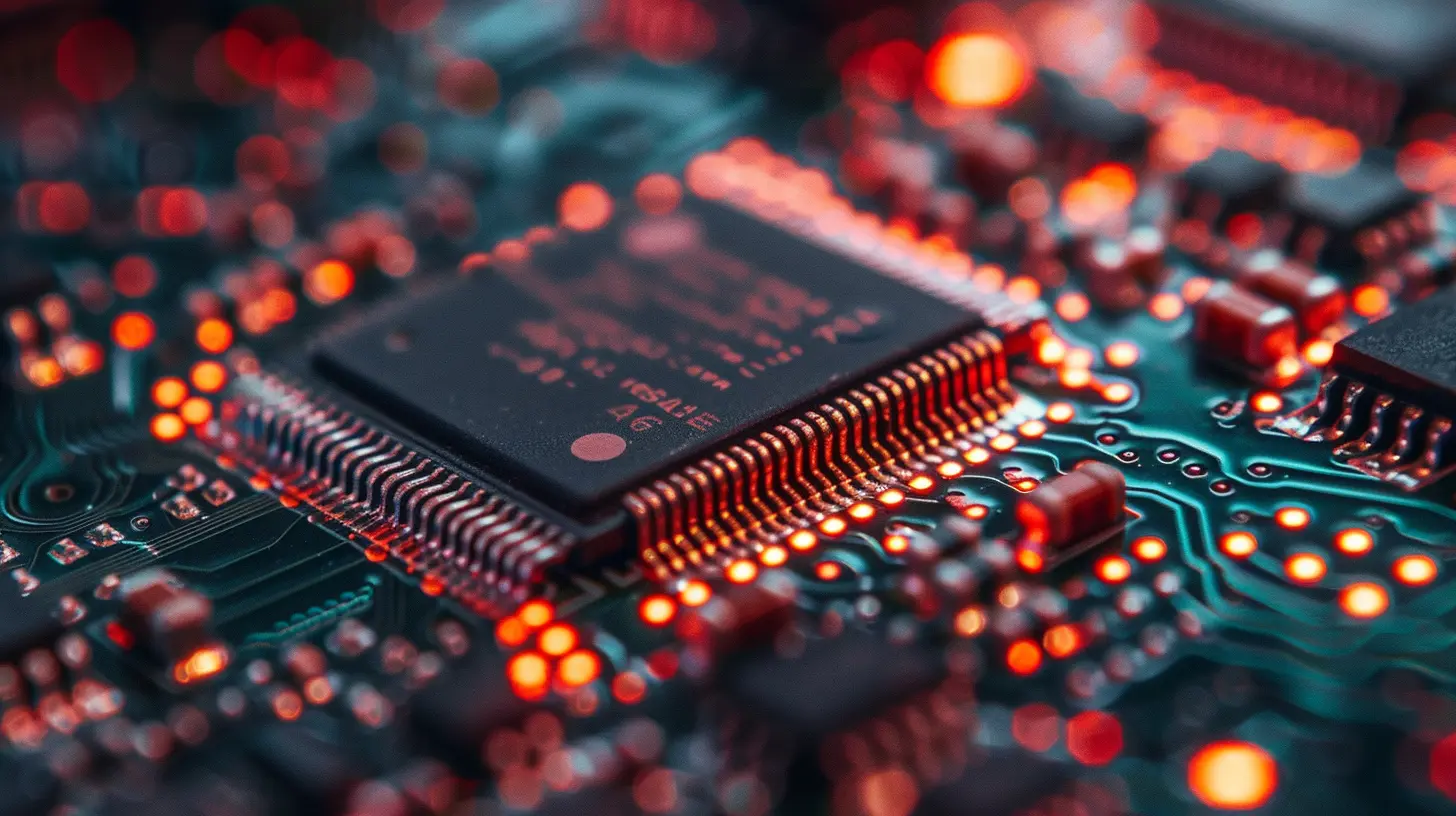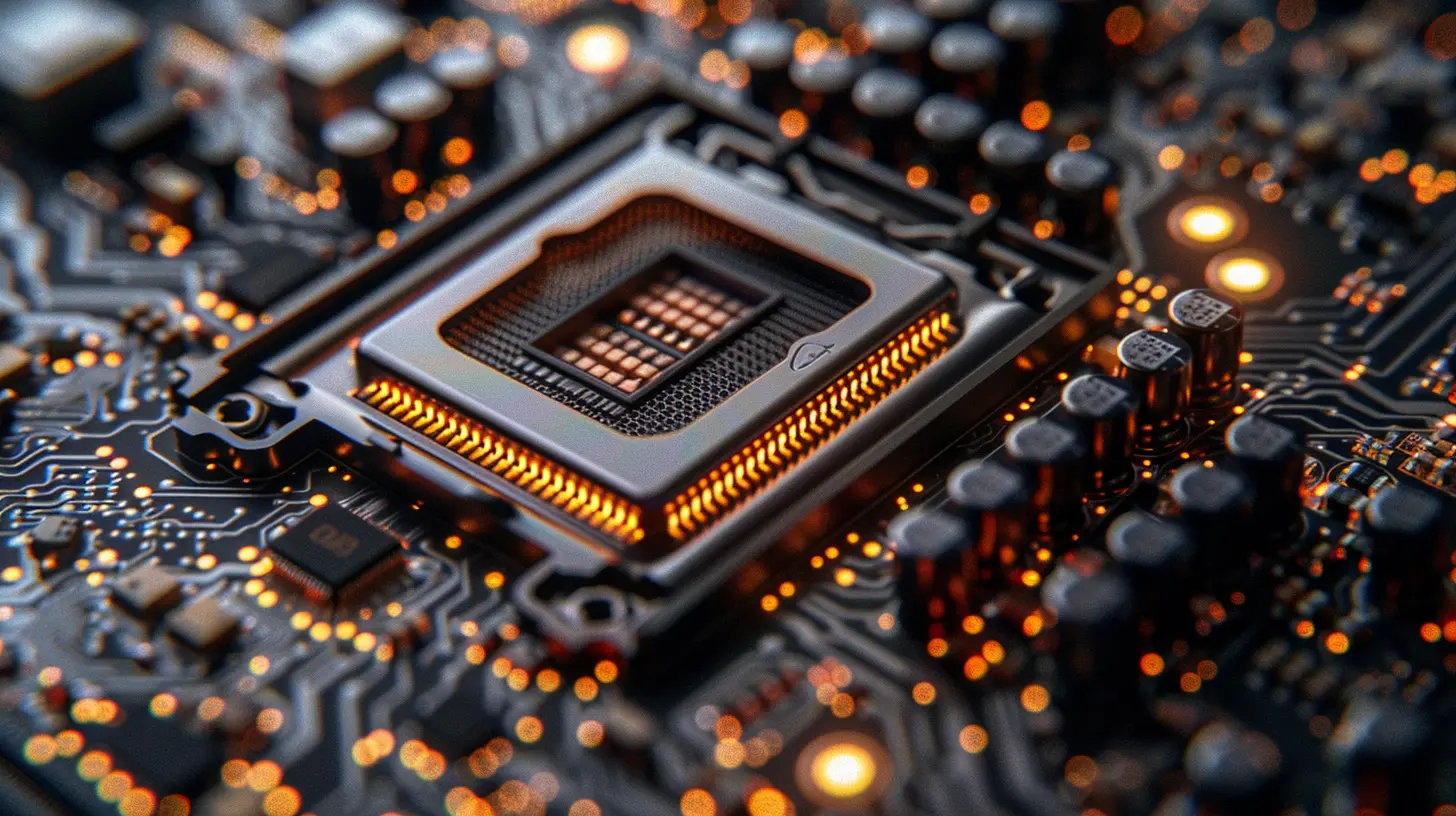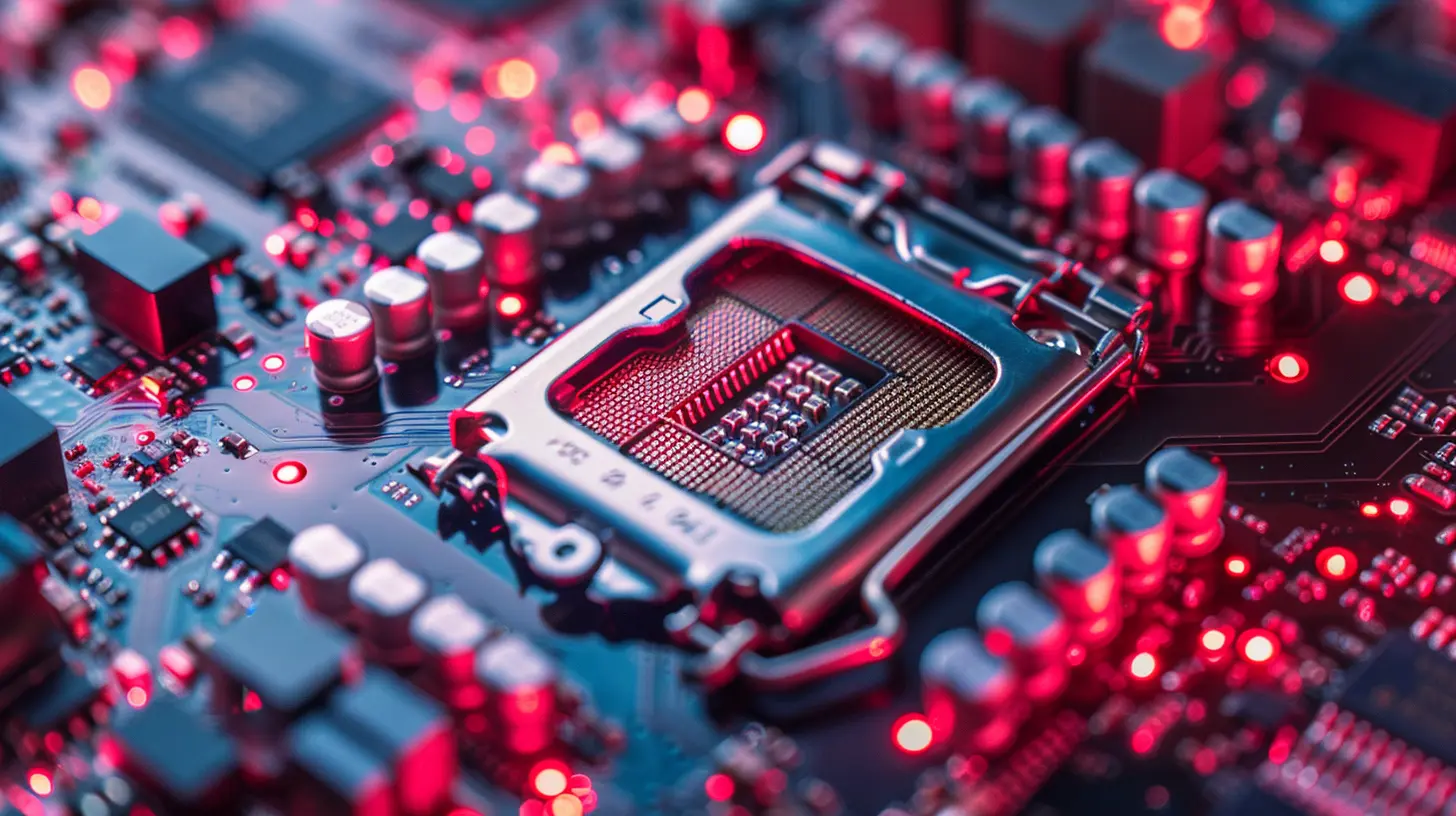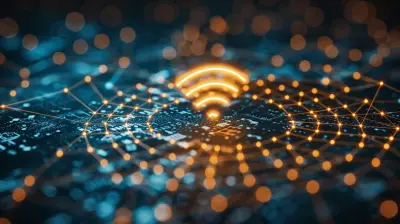The Role of Cache Memory in Modern CPUs: Why It’s Crucial
26 June 2025
When it comes to modern computing, speed is everything. Whether you're gaming, editing videos, or just browsing the web, you want everything to run smoothly and instantly. But have you ever wondered how your computer's processor manages to execute thousands of operations in the blink of an eye?
One of the unsung heroes behind this speed is cache memory. It plays a crucial role in bridging the speed gap between the processor and the system's main memory (RAM). But what exactly is cache memory, and why is it so important in modern CPUs? Let’s break it down. 
What is Cache Memory?
Think of cache memory as your processor’s personal notepad—fast, small, and always within reach. It's a type of high-speed memory located closer to the CPU than RAM, designed to store frequently accessed instructions and data.Since accessing cache memory is much faster than reaching out to the system's RAM, it helps reduce latency and improves overall system performance. Without it, your processor would be forced to constantly fetch data from the much slower main memory, leading to noticeable performance drops. 
Why Do CPUs Need Cache Memory?
Imagine you're working in an office, and you need to retrieve documents frequently. If the documents were stored in a filing cabinet across the room (RAM), you'd waste precious time walking back and forth. But if you had a small stack of your most-used documents right on your desk (cache memory), you could get your work done much faster.This is exactly what cache memory does for a CPU. It reduces the time wasted in retrieving data by keeping frequently used instructions and data right next to the processor. 
How Cache Memory Works
To better understand cache memory, let’s take a quick look at how it works behind the scenes:1. Fetching Data – When a CPU needs data, it first checks the cache memory.
2. Cache Hit – If the required data is found in the cache, it's retrieved instantly, speeding up the process.
3. Cache Miss – If the data isn’t in the cache, the CPU fetches it from RAM, which takes longer.
4. Storing for Future Use – If a cache miss occurs, the CPU stores that data in the cache in case it’s needed again soon.
This process ensures that the most frequently accessed information stays readily available, dramatically improving performance. 
Levels of Cache Memory
Cache memory in modern CPUs is typically divided into three levels:1. L1 Cache (Level 1)
- The smallest and fastest cache- Integrated directly into the processor cores
- Stores essential instructions for ultra-fast access
- Typically ranges from 16KB to 128KB per core
2. L2 Cache (Level 2)
- Larger than L1 but slightly slower- Either dedicated to individual cores or shared among multiple cores
- Speeds up access to frequently used data
- Typically ranges from 256KB to 8MB
3. L3 Cache (Level 3)
- The largest but slowest cache- Usually shared among all CPU cores
- Acts as a backup reservoir for L1 and L2 caches
- Typically ranges from 4MB to 128MB
Even though L3 cache is slower compared to L1 and L2, it’s still much faster than accessing RAM directly.
The Growing Importance of Cache Memory in Modern CPUs
As CPUs continue to evolve, cache memory has become more critical than ever. Here’s why:1. CPU Speeds Are Increasing
Modern processors are getting faster, with speeds exceeding 5 GHz. However, if cache memory didn’t exist, the CPU would constantly wait for data from slower RAM, negating speed improvements.2. Multi-Core Processing Demands Better Data Access
With multiple cores handling different tasks simultaneously, efficient data retrieval is crucial. A well-designed cache system ensures that each core has rapid access to the data it needs without unnecessary delays.3. Gaming and High-Performance Computing Depend on It
Gamers and professionals using high-end applications like video editing rely on smooth performance. A well-optimized cache reduces lag and improves real-time processing speeds, making tasks more seamless.4. Power Efficiency and Battery Life
For laptops and mobile devices, power efficiency is a big deal. Frequent access to RAM consumes more power than fetching data from cache memory. By relying more on cache, CPUs reduce power consumption, which leads to longer battery life.5. AI and Machine Learning Advancements
AI-driven applications require the rapid handling of large datasets. A more extensive and efficient cache helps minimize bottlenecks, making AI computations smoother and faster.Cache Memory vs. RAM – What’s the Difference?
Since both cache memory and RAM store data temporarily, people often confuse the two. However, they serve different purposes:| Feature | Cache Memory | RAM (Random Access Memory) |
|--------------|-------------|------------------|
| Speed | Extremely Fast | Slower than Cache |
| Location | Inside/near CPU | Separate from CPU |
| Size | Small (KBs to MBs) | Larger (GBs) |
| Cost | Expensive | More affordable |
| Primary Use | Stores frequently used CPU instructions | Stores active program data |
Think of RAM as your working desk space—where you keep all necessary files open. Cache memory, on the other hand, is like sticky notes with the most critical information at your fingertips.
How Cache Memory Impacts Real-World Performance
Now, let’s put theory into perspective. How does cache memory actually affect performance in real-world scenarios?1. Faster Web Browsing
Every time you load a webpage, your CPU processes a myriad of instructions. Cache memory helps store frequently accessed scripts, images, and data, making repeat visits significantly faster.2. Improved Gaming Performance
Modern games require quick loading of textures, AI logic, and physics calculations. A well-sized CPU cache ensures a smoother gaming experience by minimizing delays.3. Efficient Video Editing and Rendering
When editing or rendering videos, data is constantly being accessed and modified. The larger the cache, the faster the CPU can handle repetitive processes without waiting on RAM.4. Smooth Multitasking
Running multiple applications simultaneously? Cache memory ensures that frequently used data remains easily accessible, preventing slowdowns.Future of Cache Memory: What’s Next?
With technological advancements, cache memory is poised for even greater improvements. Here’s what we might see in the near future:- Larger Cache Sizes – CPU manufacturers are constantly increasing L3 cache sizes to enhance performance.
- Hybrid Memory Technologies – Combining traditional cache with newer memory technologies like HBM (High Bandwidth Memory) for better efficiency.
- AI-Optimized Caching – Future processors may use AI to predict which data should be preloaded into cache, further boosting performance.
One thing is certain—cache memory will continue to play a vital role in improving CPU efficiency and overall computing performance.
Conclusion
Cache memory is a game-changer, ensuring that your computer runs faster, smoother, and more efficiently. Whether you’re gaming, working, or just browsing, this tiny yet powerful component keeps your CPU from constantly waiting on slow memory.So next time you experience lightning-fast performance, you'll know one of the key reasons behind it—the power of cache memory.
all images in this post were generated using AI tools
Category:
Computer HardwareAuthor:

Reese McQuillan
Discussion
rate this article
2 comments
Vesper Patterson
Cache memory plays a vital role in modern CPUs by providing fast access to frequently used data, significantly enhancing overall performance. Its hierarchical structure minimizes latency, enabling efficient processing and improving the user experience across applications.
October 24, 2025 at 4:21 AM
Paris Long
Cache memory: the unsung hero of CPUs! It’s like having a personal assistant for your processor—quick, efficient, and always ready with the snacks (data) to keep things running smoothly. Who knew tech could be so relatable?
June 29, 2025 at 3:58 AM

Reese McQuillan
Absolutely! Cache memory truly optimizes CPU performance by providing speedy access to frequently used data, much like a personal assistant ensuring seamless productivity. Thanks for highlighting its importance in a relatable way!


